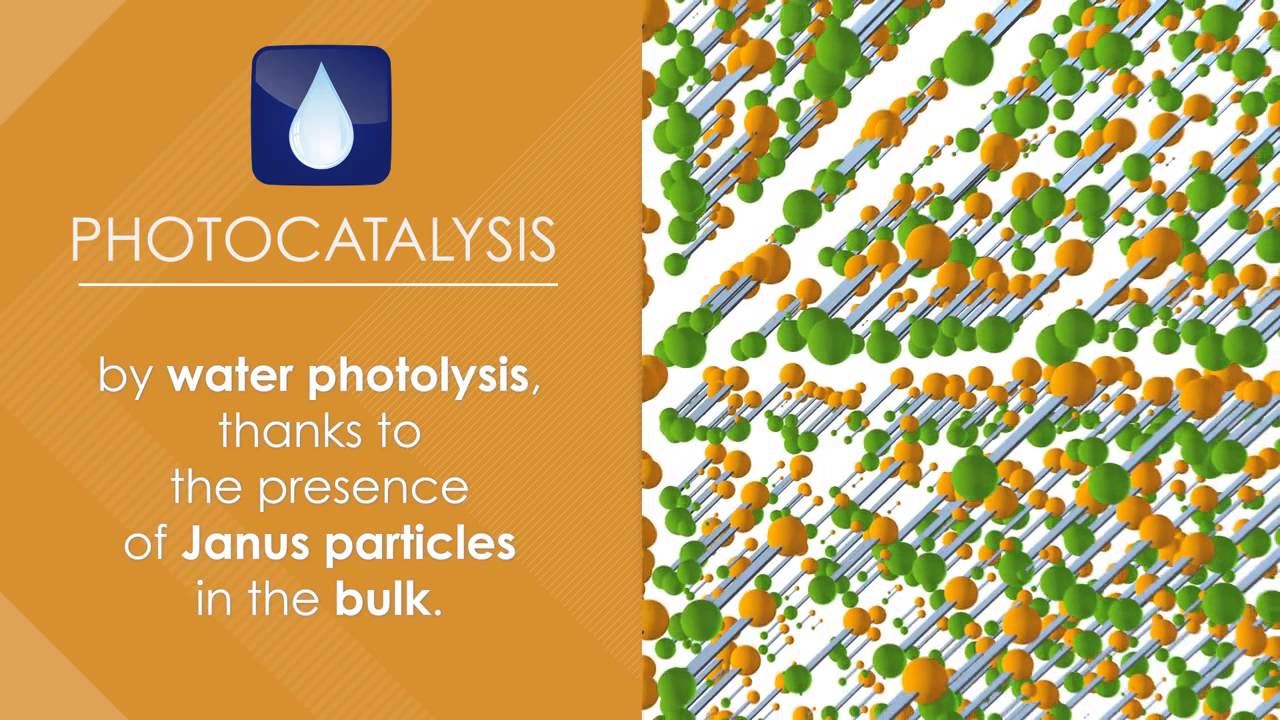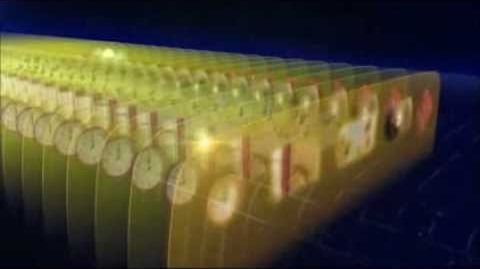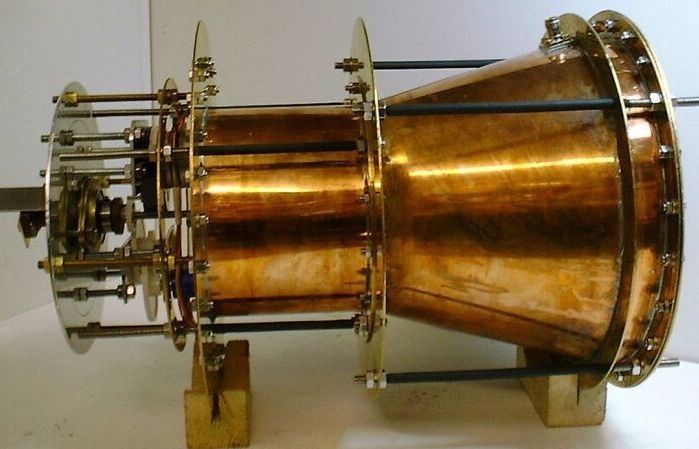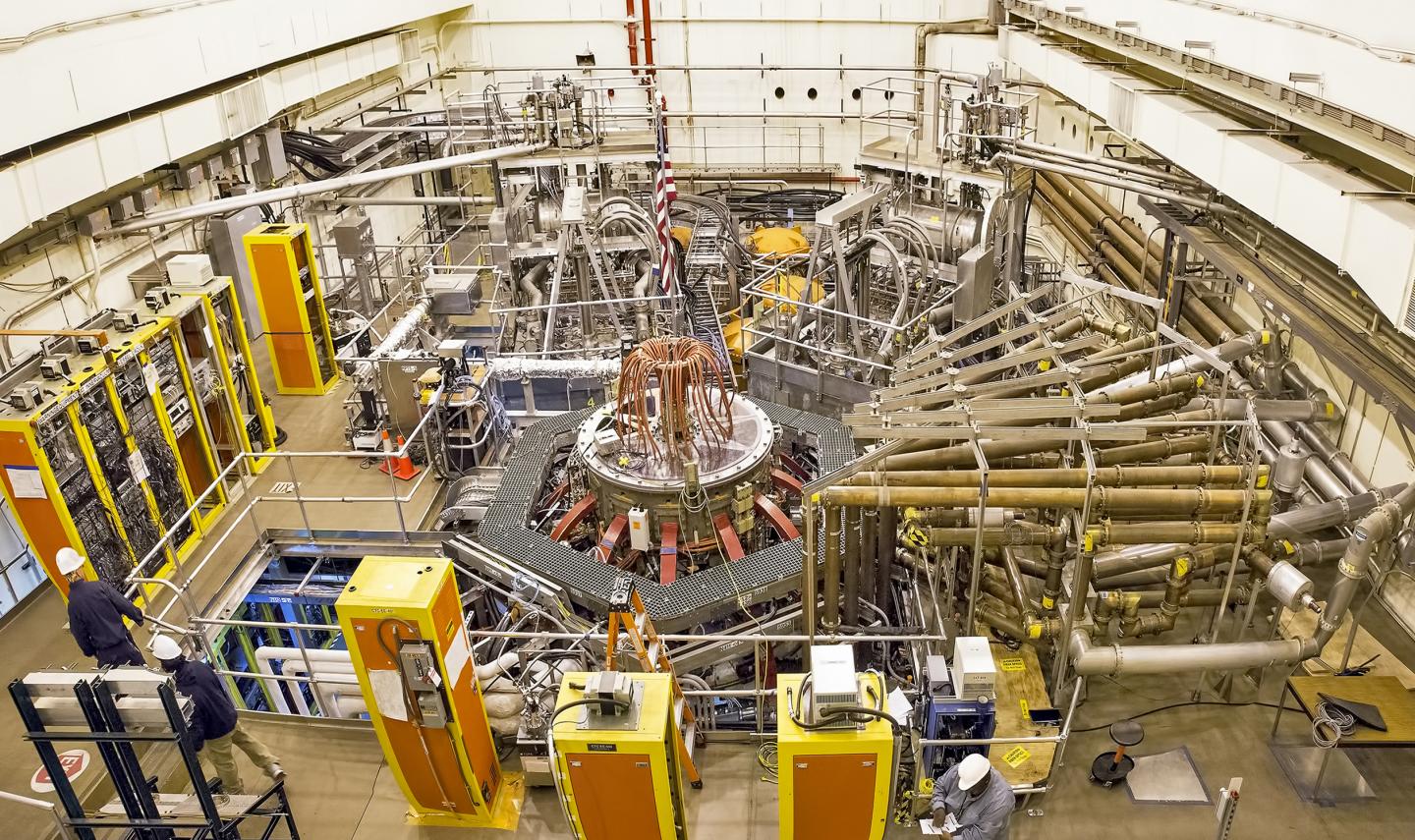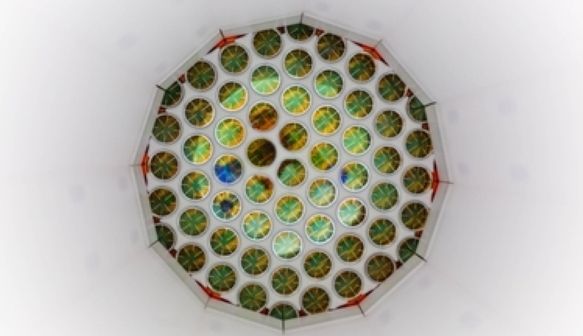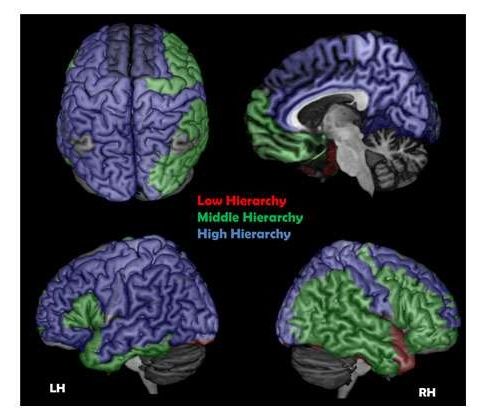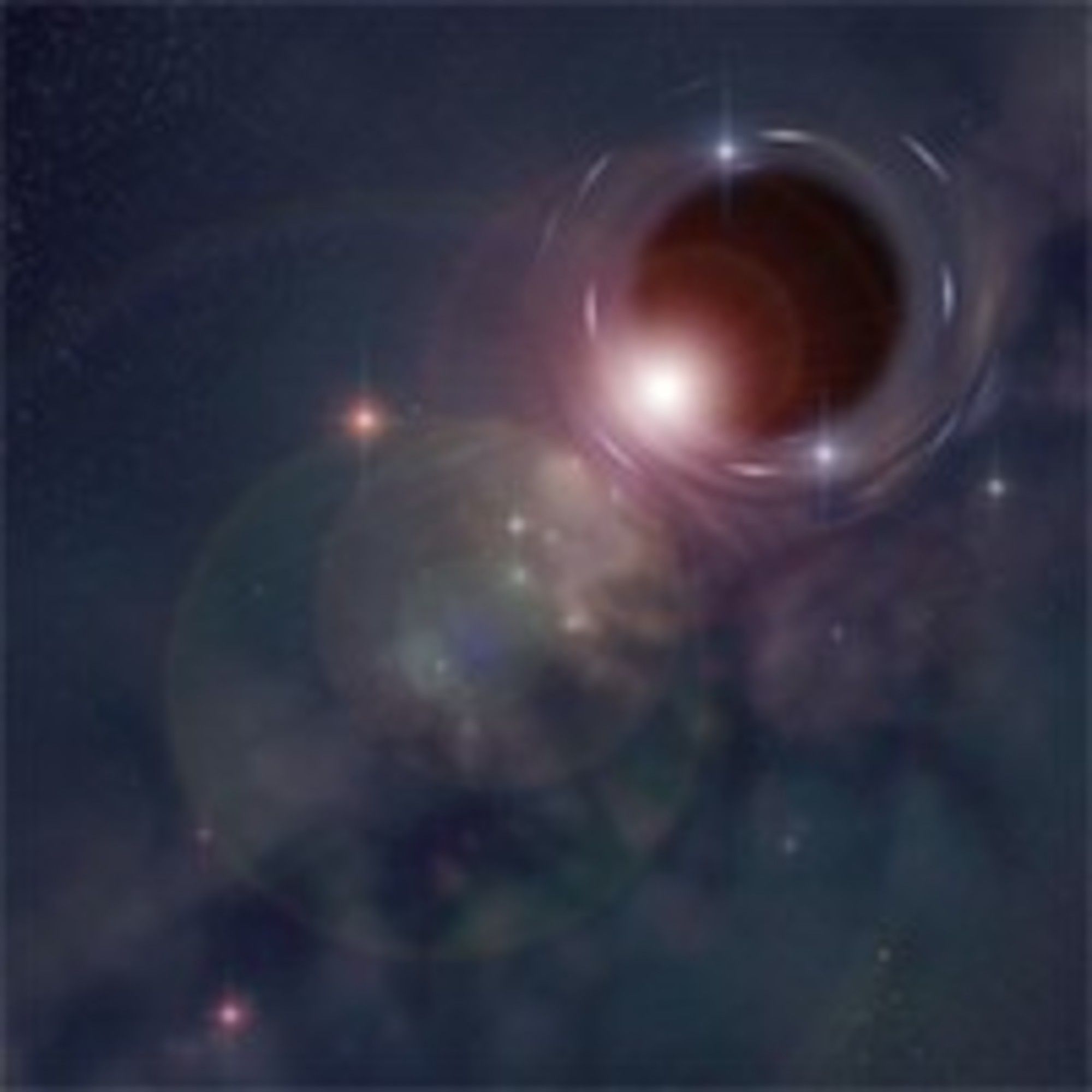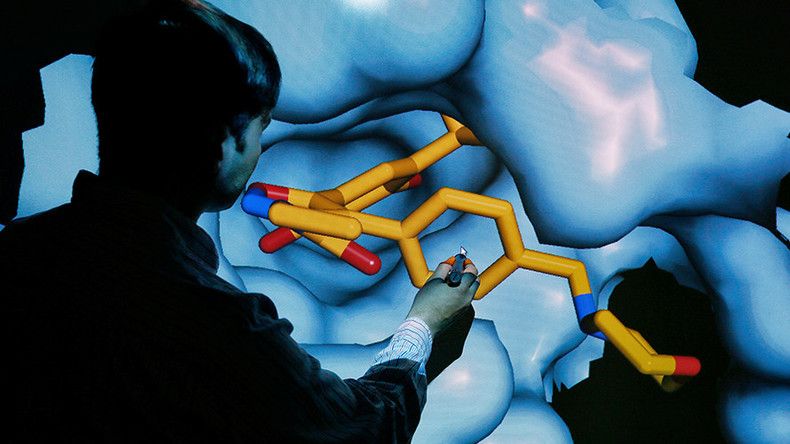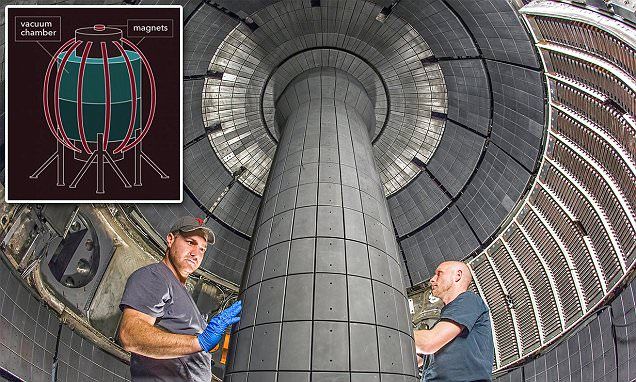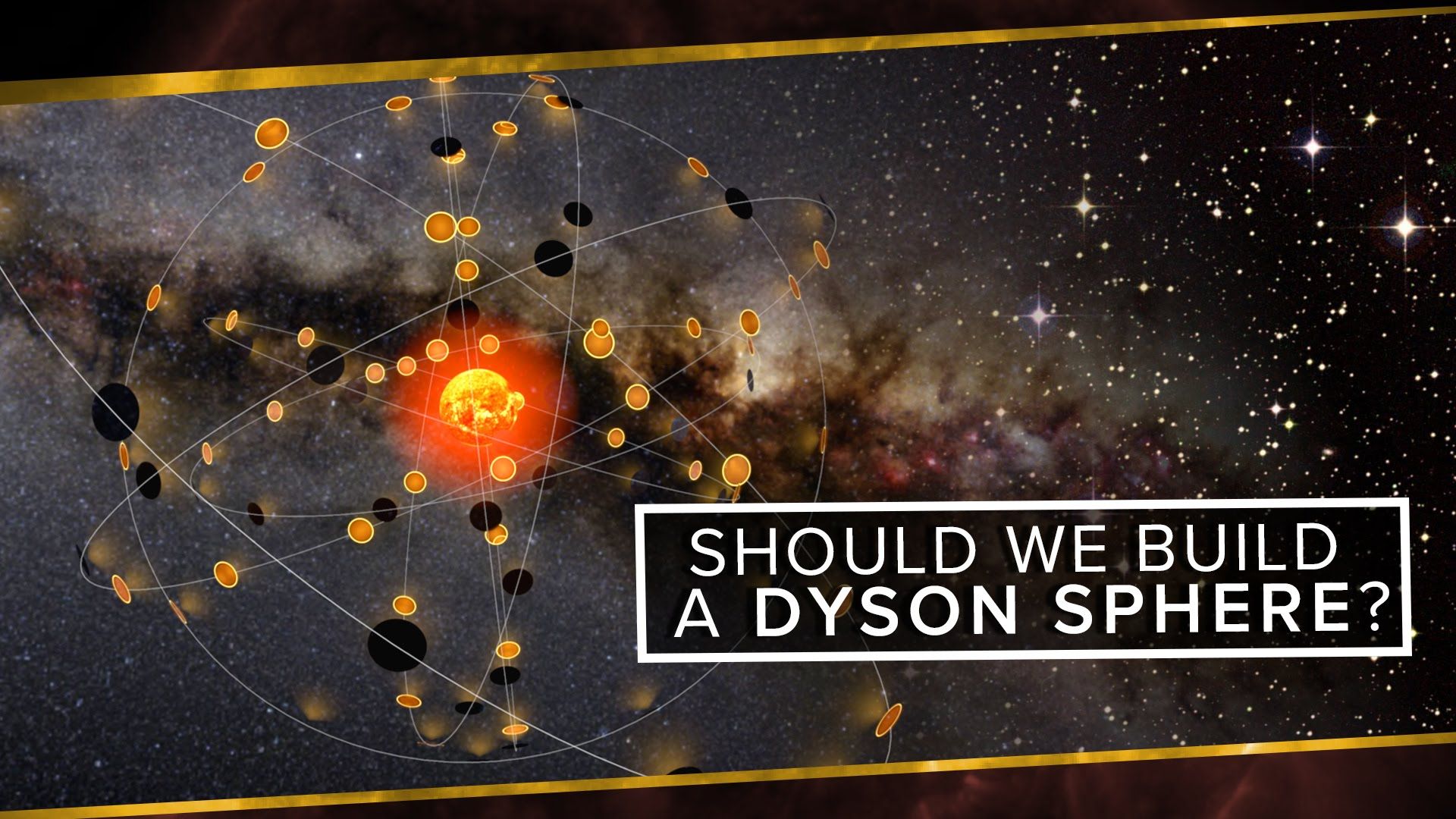A new technique uses the curious physical laws of the nano-scale itself to “program” nanobots. Welcome to the future of nanotechnology.
Nanorobotics has long been touted as one of the most promising “miracle technologies” of the future. But one of the fundamental problems with such extreme miniaturization is how to “program” nanobots—after all, you can’t very well shrink computer circuitry to fit within nanometer-scale technology.
But now, two researchers, Joseph Wang of UC San Diego and Jennifer Balazs of the University of Pittsburgh, may have found an ingenious way to circumvent this problem. Forget computer controls and artificial intelligence programming—let the laws of physics at the nano-scale do all the programming for you.
